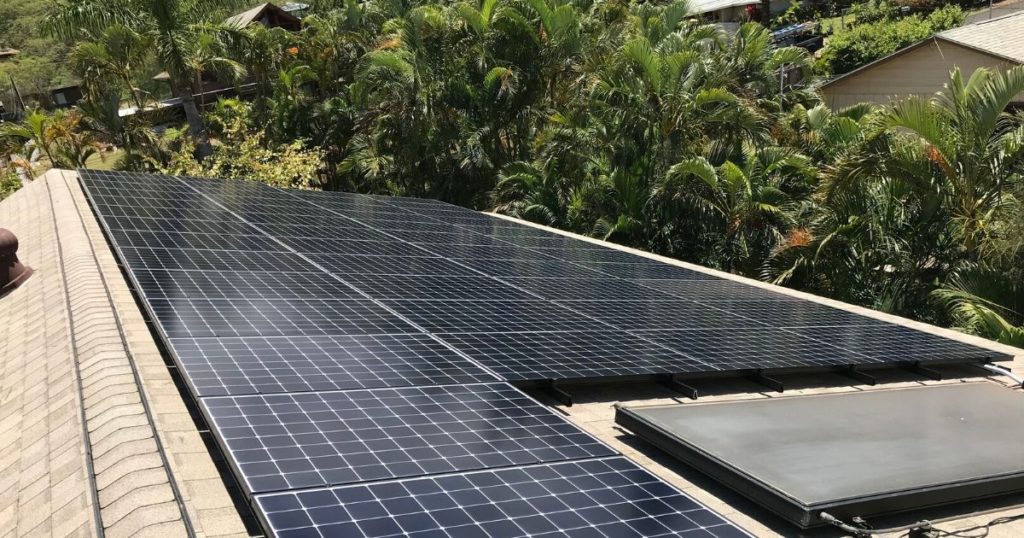All solar panels are not exactly the same. In fact, different solar panels are designed to serve various purposes. Location plays a key role in terms of choosing one solar panel ahead of the other because of the potential amount of sunlight solar panels are exposed to. As such, there are various types of solar panel systems for homes in Hawaii.
Solar panels are often classified as either single-junction or multi-junction panels or as first, second, and third generation panels. When single and multi-junctions are mentioned, they refer to the number of layers on each panel that is exposed to sunlight. However, when solar panels are classified by generation, it means they are differentiated by materials and how efficient they are.

Three Key Types of Solar Panel Systems for Homes in Hawaii
The following are the various solar panel systems for homes in Hawaii:
First generation solar panels
These types of solar panels are manufactured using monocrystalline silicon or polysilicon. First generation solar panels are typically used in normal surroundings.
Monocrystalline Solar Panels (Mono-SI)
Solar panels that are manufactured using monocrystalline silicon are rated as the purest. It’s easy to identify them because of their uniform dark look as well as rounded edges. As a result of the high purity of its silicon material, this solar panel delivers one of the highest efficiency rates. The newest ones are known to deliver more than 20%.
Monocrystalline panels are known for their high-power output. They are also very durable and require less installation space compared to others. More so, they are less likely to be affected by high temperatures when compared to polycrystalline panels. These are reasons why they are also the most expensive.
Polycrystalline Solar Panels (Poly-SI)
It’s easy to quickly identify these panels because they are designed to appear as squares. Also, their angles aren’t cut, and they come with a blue speckled look. Polycrystalline solar panels are manufactured by melting raw silicon. The entire process is typically faster and less expensive compared to monocrystalline panels.
This means polycrystalline panels are generally less expensive compared to Monocrystalline. But every other thing about polycrystalline seems to be lower too. Lower efficiency which adds up to about 15%, and lower space efficiency, which mean it requires more installation space. They are also less durable or has a shorter lifespan because they are affected by hot temperatures to a large extent.
Second Generation Solar Panels
second generation solar panels are made of thin film solar cells. They are typically used for photovoltaic power stations. They are installed in buildings or smaller solar systems.
Thin-Film Solar Cells (TFSC)
If you’re considering a cheaper option, you should consider thin film. These solar panels are made by placing one or multiple films made of photovoltaic material (like copper, silicon, or cadmium) onto a substrate.
Thin film solar panels are the easiest to manufacture and economies of scale makes them less expensive compared to alternatives as a result of less material being required for its manufacturing.
Thin film solar cells are also flexible which means they can be used for several things. Even more, they are less affected by high temperatures. However, thin film solar panels require a lot of space which makes them appear out of place for residential installations. In addition, thin film solar panels carry the shortest warranties compared to other solar panels.
So weigh your options carefully before any type of solar panel systems for your home in Hawaii.


